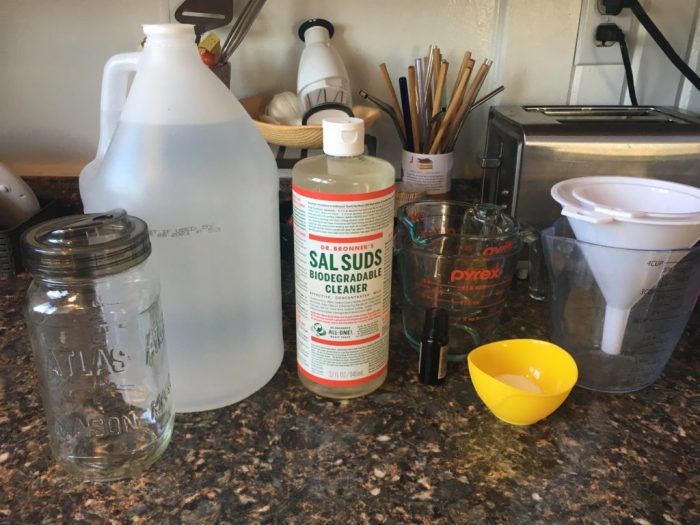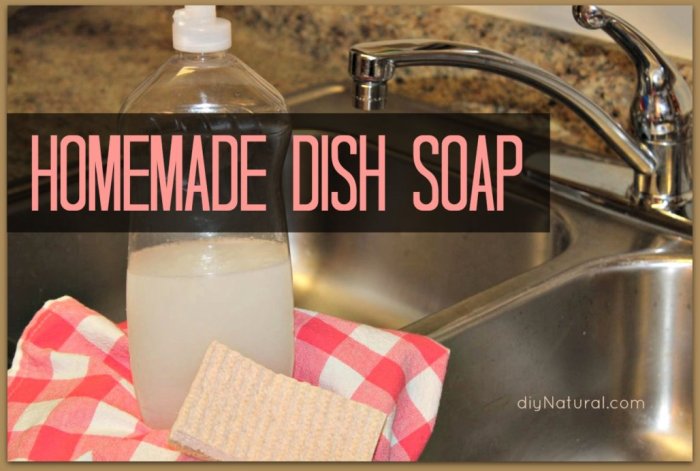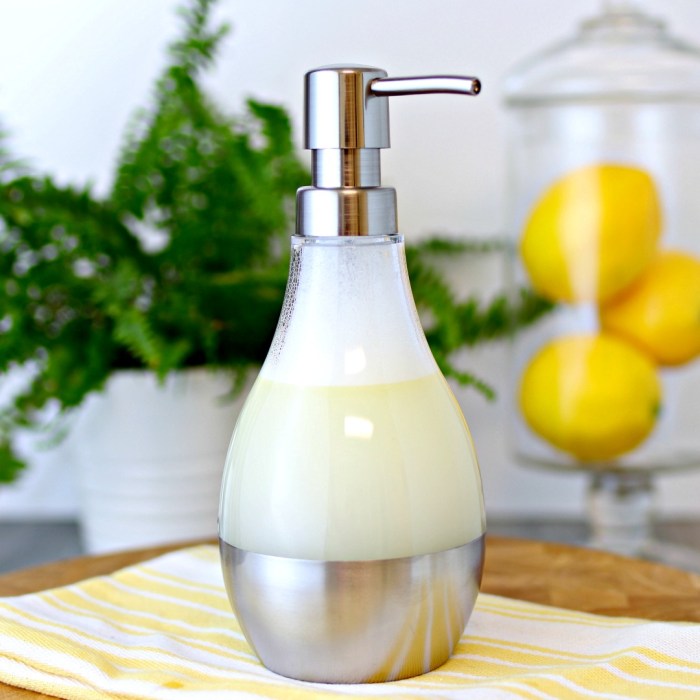DIY soap dish, a simple yet essential bathroom accessory, allows you to create a personalized touch that reflects your style and adds a touch of elegance to your space. Beyond functionality, a DIY soap dish can be a creative outlet, allowing you to experiment with different materials, designs, and techniques. This guide will take you through the steps of crafting a DIY soap dish, from choosing the right materials to incorporating unique design elements.
Table of Contents
Whether you’re a seasoned crafter or a beginner, this guide offers something for everyone. We’ll explore various materials like wood, ceramic, resin, and metal, each with its own set of advantages and disadvantages. You’ll learn how to prepare and treat these materials for optimal results, ensuring your soap dish is both beautiful and durable. From classic to modern, minimalist to decorative, we’ll delve into a range of design ideas, helping you find the perfect style for your bathroom or kitchen.
DIY Soap Dish Materials

Creating a soap dish is a fun and rewarding project that allows you to personalize your bathroom decor. There are various materials you can use to build a soap dish, each with its own unique characteristics and advantages.
Wood
Wood is a popular choice for soap dishes due to its natural beauty and warm feel.
- Pros:
- Natural and aesthetically pleasing: Wood comes in a variety of colors and grains, adding a touch of rustic charm to your bathroom.
- Durable: When properly treated, wood can withstand moisture and last for many years.
- Easy to work with: Wood is relatively easy to cut, shape, and sand, making it a beginner-friendly material.
- Cons:
- Susceptible to water damage: If not properly sealed, wood can warp or rot due to prolonged exposure to moisture.
- Requires maintenance: Wood soap dishes need to be regularly oiled or waxed to prevent water damage and maintain their appearance.
Preparing and Treating Wood:
- Sanding: Smooth the wood surface with sandpaper to create a consistent finish and remove any rough edges.
- Sealing: Apply a waterproof sealant, such as polyurethane or varnish, to protect the wood from water damage.
- Oiling or Waxing: Regularly oil or wax the wood to maintain its moisture balance and prevent cracking.
Ceramic
Ceramic is another popular choice for soap dishes, known for its durability and ease of cleaning.
- Pros:
- Water-resistant: Ceramic is naturally resistant to water, making it ideal for a soap dish.
- Easy to clean: Ceramic surfaces can be easily wiped clean with a damp cloth.
- Variety of styles: Ceramic soap dishes come in a wide range of styles, colors, and designs, allowing you to find the perfect match for your bathroom decor.
- Cons:
- Heavy: Ceramic can be heavy, especially for larger soap dishes.
- Fragile: Ceramic is prone to chipping or cracking if dropped.
Preparing and Treating Ceramic:
- Glazing: Glazing the ceramic surface creates a waterproof and easy-to-clean finish.
- Firing: Firing the ceramic in a kiln ensures its durability and prevents cracking.
Resin
Resin is a versatile material that can be used to create unique and decorative soap dishes.
- Pros:
- Waterproof: Resin is naturally waterproof and resistant to moisture.
- Durable: Resin is strong and can withstand everyday use.
- Creative possibilities: Resin can be mixed with various colors, pigments, and inclusions to create unique and personalized soap dishes.
- Cons:
- Can be brittle: Resin can be brittle and may crack if dropped.
- Requires careful handling: Resin requires careful handling during the curing process to avoid bubbles or imperfections.
Preparing and Treating Resin:
- Mixing: Resin and hardener must be mixed carefully according to the manufacturer’s instructions.
- Pouring: Pour the mixed resin into a mold and allow it to cure completely.
- Finishing: Once cured, the resin can be sanded and polished to create a smooth and glossy finish.
Metal
Metal is a durable and stylish option for soap dishes, offering a modern and industrial look.
- Pros:
- Durable: Metal soap dishes are very durable and can withstand heavy use.
- Easy to clean: Metal surfaces can be easily wiped clean with a damp cloth.
- Variety of finishes: Metal soap dishes come in a variety of finishes, including chrome, nickel, brass, and stainless steel, allowing you to choose the perfect style for your bathroom.
- Cons:
- Can rust: Metal soap dishes can rust if not properly treated.
- May be cold to the touch: Metal can be cold to the touch, especially in colder climates.
Preparing and Treating Metal:
- Cleaning: Clean the metal surface with a mild soap and water solution to remove any dirt or grime.
- Protecting: Apply a protective coating, such as wax or sealant, to prevent rusting.
Soap Dish Design Ideas

A soap dish is a simple yet essential bathroom accessory that serves a practical purpose. While its primary function is to hold soap, the design of a soap dish can greatly enhance its aesthetics and functionality. Explore various DIY soap dish design ideas, ranging from classic to modern, minimalist to decorative, to find the perfect fit for your bathroom style and needs.
Soap Dish Design Styles
Different design styles offer a range of options for creating a soap dish that complements your bathroom decor. Here are some popular styles to consider:
- Classic: Classic soap dishes often feature simple, timeless designs, such as rectangular or square shapes with clean lines and a polished finish. They are versatile and blend well with traditional or modern bathroom aesthetics. Examples include ceramic soap dishes with a glossy glaze or wooden soap dishes with a natural finish.
- Modern: Modern soap dishes embrace minimalist designs, often featuring geometric shapes, sleek lines, and contemporary materials. They can be made from materials like stainless steel, acrylic, or concrete, with a focus on clean lines and functionality.
- Minimalist: Minimalist soap dishes prioritize simplicity and functionality. They often feature simple shapes, neutral colors, and a lack of ornamentation. They can be made from materials like wood, ceramic, or metal, with a focus on creating a clean and uncluttered look.
- Decorative: Decorative soap dishes are designed to add visual interest and personality to the bathroom. They can feature intricate patterns, unique shapes, or vibrant colors. They can be made from a variety of materials, including ceramic, metal, glass, or wood, with the potential for intricate details and embellishments.
Soap Dish Design Elements, Diy soap dish
The design elements of a soap dish play a crucial role in its functionality and aesthetics. Consider these elements when crafting your DIY soap dish:
| Design Element | Functionality | Examples |
|---|---|---|
| Shape | The shape of the soap dish can influence its capacity, stability, and aesthetics. | Rectangular, square, round, oval, or free-form shapes. |
| Size | The size of the soap dish should accommodate the size of your soap bars and allow for sufficient drainage. | Small, medium, or large sizes, depending on your soap size and usage. |
| Drainage Holes | Drainage holes allow excess water to drain away, preventing soap from becoming soggy and promoting faster drying. | Multiple small holes or larger, strategically placed holes. |
| Raised Edges | Raised edges help contain the soap bar and prevent it from slipping off the dish. | Slightly raised edges or a rim around the perimeter. |
| Compartments | Compartments can be used to separate different soap bars or to provide a space for a sponge or brush. | Multiple compartments or a single compartment. |
| Material | The material of the soap dish can affect its durability, water resistance, and aesthetic appeal. | Ceramic, wood, metal, glass, or concrete. |
| Finish | The finish of the soap dish can enhance its visual appeal and durability. | Glossy, matte, polished, or rustic finishes. |
| Decorative Features | Decorative features can add personality and visual interest to the soap dish. | Patterns, carvings, embellishments, or colorful accents. |
Easy DIY Soap Dish Projects

Now that you have your materials and design ideas, let’s dive into some simple and effective DIY soap dish projects. These projects are perfect for beginners and can be customized to match your style and needs.
Simple Wooden Soap Dish
This project uses a small piece of wood, a few basic tools, and a little bit of time to create a functional and stylish soap dish.
- Gather your materials: You will need a small piece of wood (approximately 4 inches by 6 inches), sandpaper, wood glue, a saw (optional), a drill (optional), and a sealant (optional).
- Prepare the wood: Sand the wood to smooth out any rough edges and create a consistent surface. If you are using a piece of wood with a natural edge, you can use a saw to cut it into a more rectangular shape. You can also use a drill to create small drainage holes at the bottom of the soap dish to prevent water from pooling.
- Create the soap dish shape: You can create a simple rectangular shape by cutting the wood to your desired dimensions. For a more unique design, you can use a saw to cut out a curved shape. You can also create a small lip around the edge of the soap dish to prevent the soap from sliding off.
- Secure the soap dish: Once you have created the desired shape, you can use wood glue to attach the pieces together. If you are using a curved shape, you may need to use clamps to hold the pieces together while the glue dries.
- Finish the soap dish: Once the glue has dried, you can sand the soap dish again to smooth out any rough edges. You can also apply a sealant to the wood to protect it from water damage and to enhance its appearance.
Upcycled Tin Can Soap Dish
This project uses an empty tin can to create a stylish and sustainable soap dish. It’s a great way to repurpose materials and add a touch of personality to your bathroom.
- Gather your materials: You will need an empty tin can, sandpaper, paint (optional), a sealant (optional), and a decorative element (optional).
- Prepare the tin can: Remove the label from the tin can and wash it thoroughly. Use sandpaper to smooth out any rough edges and to remove any sharp points.
- Create the soap dish shape: Cut the top portion of the tin can off, leaving a few inches of the can to create the soap dish. You can use a pair of tin snips or a can opener for this step.
- Decorate the soap dish: You can paint the tin can with your favorite color or leave it in its natural metallic finish. You can also add a decorative element, such as a ribbon, a sticker, or a piece of fabric.
- Finish the soap dish: Apply a sealant to the tin can to protect it from rust and water damage. You can also use a sealant to add a glossy or matte finish.
Creating a DIY soap dish is not just about functionality but also about expressing your creativity. By incorporating your personal touch, you can transform a simple bathroom accessory into a statement piece that reflects your style and adds a unique charm to your home. So, gather your materials, unleash your creativity, and embark on this rewarding DIY journey. With a little effort and imagination, you can craft a DIY soap dish that is both functional and beautiful, a testament to your artistic flair.
Creating a DIY soap dish can be a fun and practical project. You might be surprised to learn that some of the same techniques used for soap dishes can be applied to crafting a truly unique headless costume DIY. For instance, you could use a mold to create a custom soap dish shape, just like you would for a headless costume head.
Once you’ve mastered the basics of DIY soap dishes, you might find yourself inspired to tackle more ambitious crafting projects.


